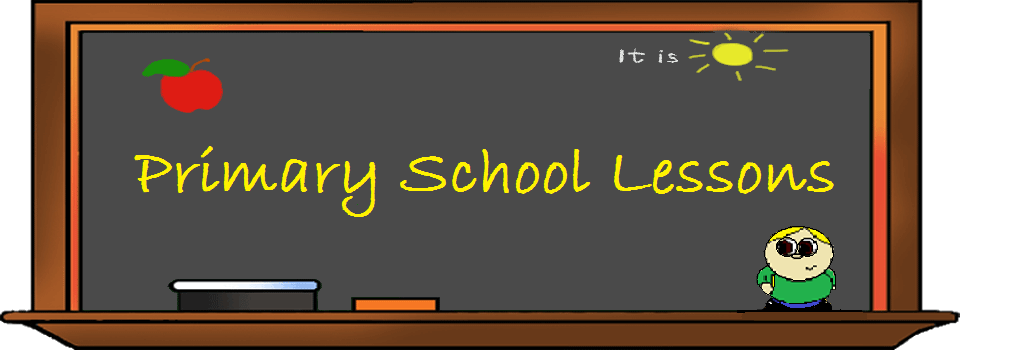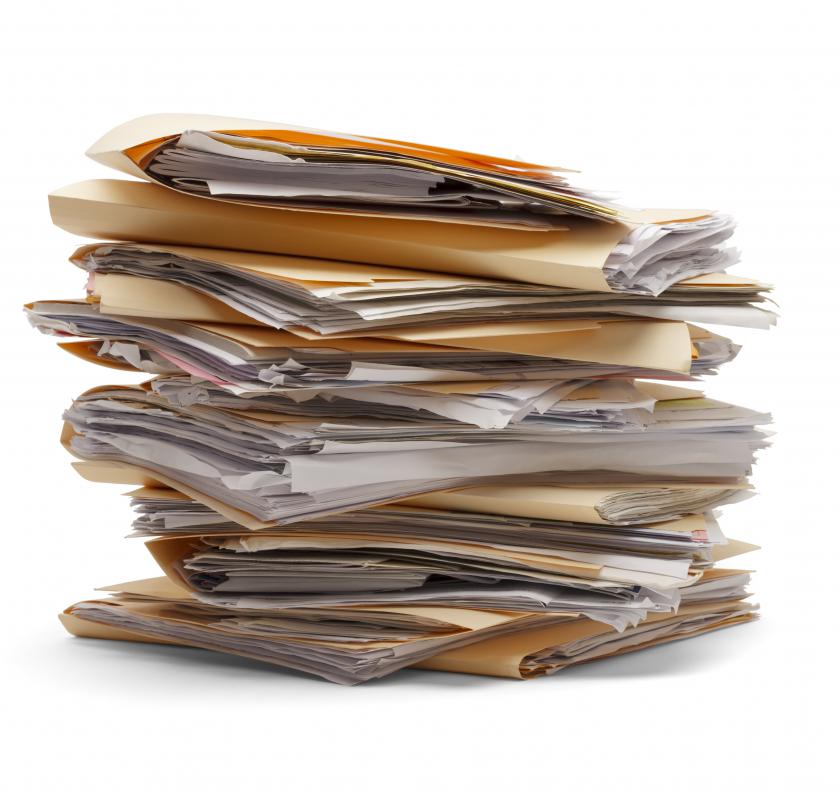 |
| www.edudemic.com/rethink-and-question-homework/ |
saying that I am an expert in giving homework, I feel that my students generally spend the right amount of time on homework and I am happy with my current homework layout/content.
Here is some general information about how I deal with homework in a senior class:
1. Content:
In 3rd and 4th class the recommended time to be allocated to homework is 30-40 minutes. The homework I gave each night to my 3rd and 4th class included:
- Spellings: One box from the spelling workbook (Spellbound) each night and also one exercise from this book.
- Irish spellings: One box from this book (Fuaimeanna agus Focail) and one exercise from the book which involves using the spellings to fill in the blanks/label pictures/etc. I test them on the spelling of the Irish words and also the meaning of the words in the Friday test.
- Dictionary words: These are new words that come up in their class reader each week. On a Tuesday, after we have read and completed comprehension exercises on the story, we have a word analysis lesson on new words (3-4 words a week). They guess what the word might mean in class, look up the words in their dictionary and then write a sentence using the word. We play various fill in the blanks activities and then I correct their work. They bring these 'dictionary copies' home to study the words and I get them to write either the word's meaning or to put the word into a sentence for their Friday test.
- Tables: One group a week. These don't start immediately with 3rd class, but once the chapter on multiplication has been taught.
- Maths: They would get 5-8 questions from their maths book, a worksheet (in the case of something like long multiplication which is all about practice!) or a day in their mental maths book to complete.
- English: They read over the story we covered that week and completed one exercise from the class reader each night (either comprehension or word analysis). We also follow the Oxford Structured Reading Tree programme in our school. They would get about ten pages to read a night, as well as going over any words they didn't know in class that day or questions they couldn't answer.
- SESE/Music: They got one of the following to complete a night: learning physical features of Ireland (mountains, counties, rivers, etc), a piece of research, a tune to practice on their tin whistle, a project to complete or a page from their SESE workbook about a topic covered in class.
- Spellings: As above
- Irish spellings: As above
- Dictionary words: As above but with 5-6 words.
- Tables: one group a week.
- Maths: They get 5-10 questions from their maths book, a worksheet to do or a day in their mental maths book to complete.
- English:
- Monday: They have to read over the story we are covering that week and do a comprehension exercise from the class reader as well as their Oxford reading homework.
- Tuesday: Word analysis questions from the reader based on the vocabulary covered in their dictionary words.
- Wednesday: In class we will either be working on creative writing or comprehension skills. Therefore they either have creative writing to finish/edit or a worksheet with a story on it that they have to read and answer comprehension questions on. This is differentiated to the child's ability (higher ability, middle ability and lower ability).
- Thursday: A grammar exercise based on what we have covered in class.
- SESE/Music: As above.
- Irish: As the year progresses, I will get them to make 3 sentences using a variety of verbs/subjects/activities/time vocabulary given to them on a helper sheet.
- The children have two homework copies: Homework 1 and Homework 2. When they are using Homework 1, I can collect Homework 2 and I have the week to correct it. I started doing this last year as I was finding it difficult having to correct all the copies at the weekend and this allows me more time to do so!
- I check the children's work each morning. If I see it is completed, neat and laid out correctly, they get a homework star. When they have 10 stars they get a homework pass. I also give a star on Monday for signed journals and tests. If they do not have a copy or have not the homework completed properly, they get a penalty point. Once they get a certain amount of penalty points, I write a note home and if it continues, I will call the parent. I also note who is using homework passes and who brings in notes saying work was not completed for whatever reason. It provides a record to show parents at meetings. I have noticed a huge improvement in classwork and homework since implementing this system!
- We correct maths in class at the start of each lesson so that children can see their own mistakes and we sometimes correct simple word analysis exercises in class too. Even if everything in the copy is corrected, I still collect the copies at the end of the week to monitor the progress of the children.
 |
| www.easons.com/ |
3. Differentiation:
- Lower ability students get less Irish spellings and less Geography to learn during the week. I simply mark the ones they have to learn into their book on a Monday for the week. I will call out these spellings first in the test.
- Comprehension worksheets are differentiated to give children who get 0-2 out of 6 in their reader exercises a chance to feel success and work on their comprehension skills. It also offers higher ability students the chance to be challenged. Try Superteacherworksheets for some good comprehension worksheets!
- Oxford Reading Scheme readers are divided into stages and each child has a book matched to their ability level.
- I ensure I do not give maths homework that wasn't explained in class (unless it is a revision exercise!).
- Geography learning is taught for ten minutes in class each day. I test the children using the interactive board and giving them strategies to learn the names of various mountains/rivers/etc that night. Table patterns are taught to children in class to aid in their learning of them.
- Higher ability students are given extra spellings to learn each night and in 5th/6th they must put the words into sentences.
Obviously homework depends on all sorts of different factors: Textbooks differ, different schools will have different resources and policies, and of course every class is different! It is important therefore to keep in mind that what I've written above is based on my own experiences and classroom environment. If you have any other homework ideas, leave a comment below as I would love to hear what works for you!


























